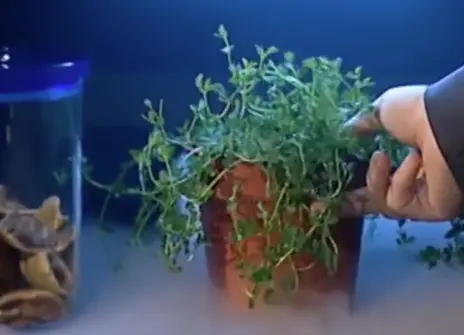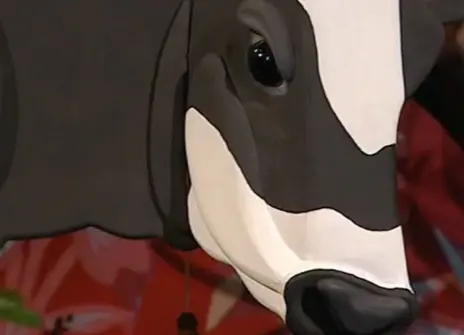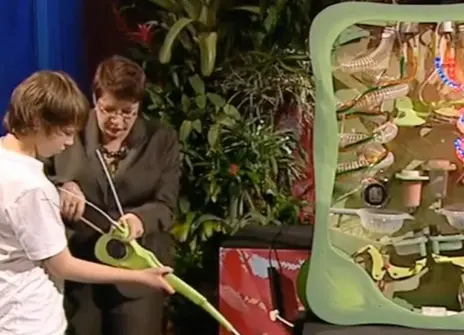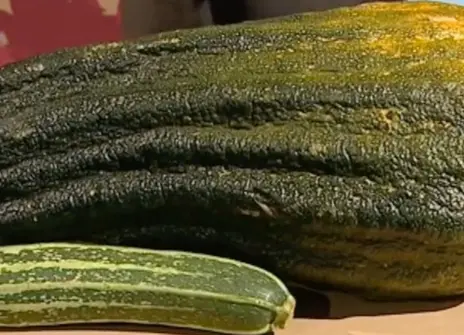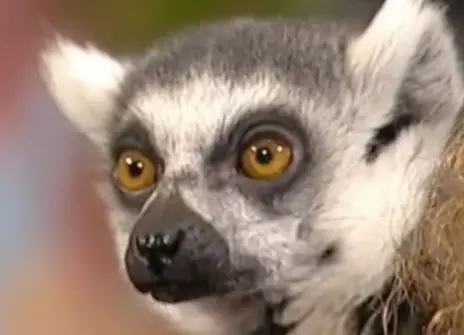Lecture 3 – Talking trees
Plants have to make a life-threatening choice between using their energy to grow, or communicate. Just like humans and other animals, they need to communicate, particularly when they are under threat.
When attacked by an animal, a plant will release lots of chemical 'signals' into the air. These signals are detected by other plants - their 'allies'. But although these chemical defence mechanisms might save them from being eaten, it uses up vital energy that could otherwise be used for growth.
About the 2009 CHRISTMAS LECTURES
Over the past 300 million years, plants have had to put up a fight against everything from dinosaurs to hungry caterpillars. But their startling array of defence mechanisms – including poisonous chemicals and cunning ways of communicating with allies – tell us they’re not as helpless as they look.
In this series of five lectures, Professor Sue Hartley explores the fight between plants and their predators, revealing the tricks plants hold up their sleeves, and how much of our daily lives – from our food to our drugs – is a by-product of this great war.
Sue explains the way plants have evolved to defend themselves, and how herbivores have evolved to overcome this in return. We also see how modern agricultural methods are allowing us to manipulate plants to suit our own needs, and how the changes in our climate may ultimately determine whether it is plants or animals that win the war.


